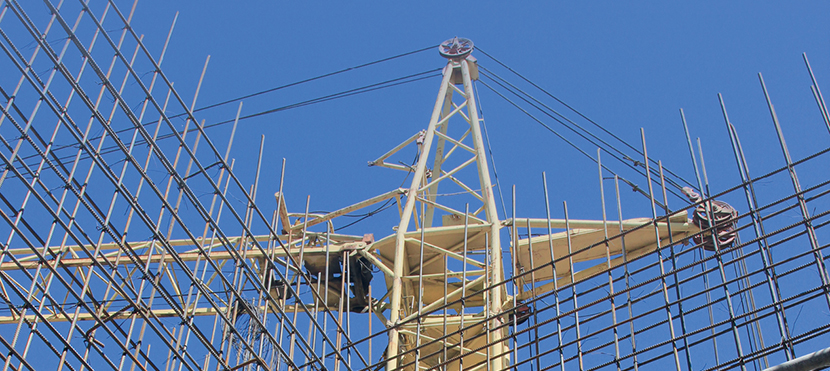The cost of such products, like buildings, is based on a wide range of unit prices. Despite large aggregate values, the unit cost of buildings seems to be low when compared to other products. The lowest costs can be met in simple pre-engineered metal buildings, and the highest prices are represented in complex of buildings with many mechanical and electrical services, for example, laboratories or hospitals. Cost reduction in the construction of buildings is achieved through the use of low-tech or inexpensive materials.
Furthermore, more and more factors like protection of public health and safety, negative influence on our environment affect the cost of buildings. Almost all these problems can be solved by Sustainable Construction (Green Building). This movement in building industry is considered to be one of the best investments in future facilities projects.
Green Building combines and practices classical building designs, economy, utility, durability and comfort. The origin of sustainable engineering can be traced to the environmental pollution in the 1960s and 1970s, and also the energy crisis made a great impact on development. This movement was created in the U.S. from the need for more energy efficiency in civil engineering. The common goal of Sustainable Construction is to reduce the overall impact of the built environment on public health and nature. This aim is supposed to be reached by more efficient usage of energy, water and other resources, protecting occupants’ health and improving workers’ productivity, reducing waste, pollution and environmental degradation.
Green building collects a vast range of knowledge, techniques and designs to eliminate all the impacts of buildings on natural environment. The points to emphasize are:
● More attention to renewable resources, like solar power, photovoltaic equipment, various plants for roofs and rain gardens.
● Using low impact materials, like packed gravel or permeable concrete.
● Recycling industrial goods, like coal combustion products, foundry sand.
● Designing building envelope for better personal temperature and airflow control.
You can read the full text of the article in the print version of the magazine.

Добавить комментарий